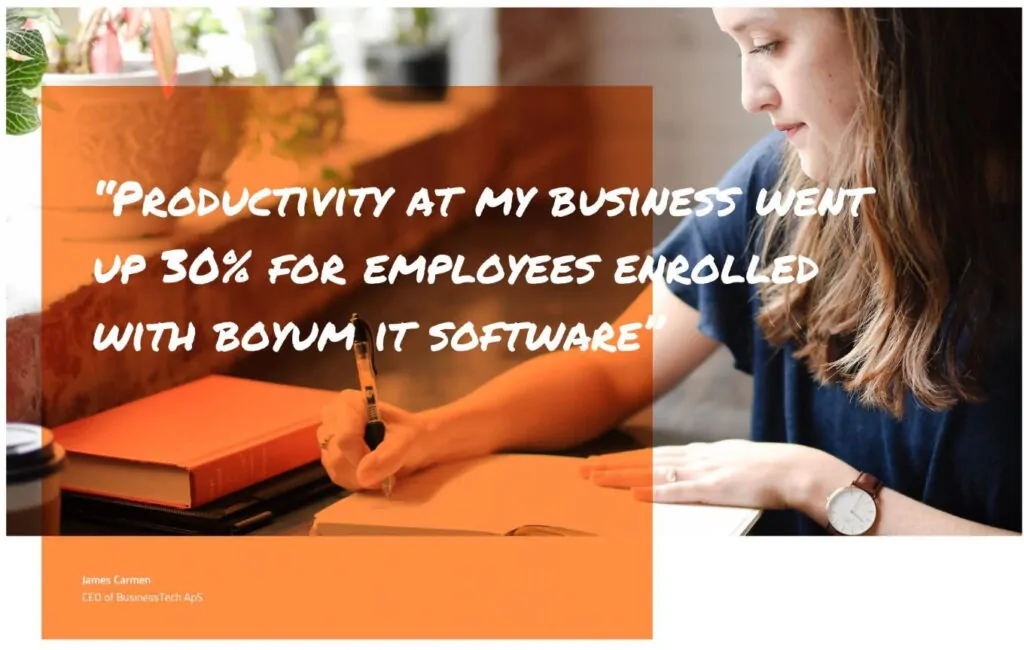In our continuing journey of exploring the operational benefits of leveraging Lean principles, we find ourselves back in the hallowed halls of Toyota. A true pioneer of continuous improvement and one of the legendary manufacturing success stories, the founder of Toyota Motor Corp. were among the first to understand and apply rigid quality assurance techniques to every aspect of automobile design and assembly.
Determined to emerge as an economic powerhouse in the post-World War II period, Japanese industrialists and particularly Toyota, dedicated all available resources to develop what would become known as Lean principles. At first these were in-house practices designed to ensure Toyota vehicles were among the best in the world and could earn the highest customer satisfaction levels possible.
The founder of Toyota, Sakichi Toyoda, was aware of the challenges of large-scale product line manufacturing and the complexities of producing passenger vehicles which would have the reliability and quality characteristics needed to compete in the global market. He chose as the architect of the Toyota Production System, an industrial engineer named Taiichi Ohno to oversee the firm’s entire quality assurance program.
Ohno was not only considered to be one of the biggest influences on Lean manufacturing but was the author of the Seven Wastes, a foundational element of Lean processes. He was also the first to describe the “Five Whys” to identify the root cause of waste, inefficiencies, and other characteristics which prevent continuous improvement and delivering optimal value to the customer.
Ask questions and learn
In making a case to Toyoda for instituting the Five Whys Ohno described the method as “repeating why five times so the nature of the problem as well as its solution becomes clear”.
When asked for an example of the power of using the five why approach, Ohno would provide the following:
- “Why did the robot stop?”
The circuit has overloaded, causing a fuse to blow.
- “Why is the circuit overloaded?”
There was insufficient lubrication on the bearings, so they locked up.
- “Why was there insufficient lubrication on the bearings?”
The oil pump on the robot is not circulating sufficient oil.
- “Why is the pump not circulating sufficient oil?”
The pump intake is clogged with metal shavings.
- “Why is the intake clogged with metal shavings?”
Because there is no filter on the pump.
In engaging with a new client for the first time or before devising an ERP or MRP solution, we also seek answers by posing questions. There is no way to understand the processes we need to define and capture in a customized system without first knowing which problems ultimately impact the customer. In doing so, we can understand the structure of the analysis as well as the end goals. By asking the five why questions, we can identify root causes, whether they be direct, ancillary, or systemic.

Diagram courtesy of EasyRetro
The implication of any problem is that inefficiency, waste, non-value step, or other undesirable issues are occurring within a process because it is out of control. Like any good detective story, tracing the source requires interrogating witnesses, suspects, and anyone who can contribute clues which will add up to a better understanding of the problem and finding a solution.
Without using the five whys approach, stakeholders are left making uninformed guesses or taking shots in the dark to neutralize the root cause. The hurdles to overcome include:
- Having to struggle with a lack of knowledge of how a problem is occurring
- Without knowing why a problem is happening, it’s unlikely a remedy can be concocted
- Hamstrung with a poor understanding may spawn a half-baked band-aid fix
- Moving ahead without a definitive solution increases the possibility of a recurrence
For an organization to have clarity on why a process is out of control it first must accurately target where the root cause is coming from. Being unable to admit the futility of trying to devise solutions creates a handicap for managers and employees alike. When such conditions exist in an organization it can stem from complacency, over confidence, or resting on the laurels of short-term success. The net result is nothing can be done to rectify what might easily have been solved using the five whys.
Immediate and long-term benefits
So, what could an exercise using the five whys do for my business? For starters, it will offer stakeholders a wider perspective of the processes in use and the factors which may be undermining them, either occasionally or on an ongoing basis. Additionally, asking the right questions will make available invaluable information which can be acted upon immediately:
- Identify and make understandable the true reasons why issues occur
- Uncover “hidden truths” lurking within processes which should be addressed
- Provide managers with practical solutions for optimizing processes
The outcome of taking action can have an immediate and positive impact across the organization, from procurement, shop floor, production line, fulfillment, and quality control. In many cases production costs are reduced, which directly improves margins and profit. This alone can accelerate growth in the company, growth in knowledge of best practices, and improvement in employee and customer satisfaction.
Among the lessons of the Five Whys is that asking questions can be the best path to finding answers to previously stubborn or insoluble problems. It also helps to ask questions from the customer’s perspective. Why was my delivery late? Why are there quality problems in products produced in higher volumes? Why do my requests for service have slower response times at the end of the month?
We incorporate a variety of Lean methodologies in our solutions because we’ve seen firsthand the effectiveness of making the power of process foundational to operational efficiencies and continuous improvement.
If you’d like to find out more about how to put these time-tested principles to work for your organization, give us a call at 877-428-8486.





















